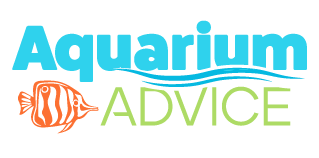Iloveplants
Aquarium Advice Apprentice
- Joined
- Jan 22, 2023
- Messages
- 32
Hello everyone! 
I have a question to which I have not been able to find online yet, but I'm sure I'm simply not looking up for the right things.
I am trying to find plant weights for my banana plant (not the same one I have talked about in another thread) that can't stop floating to the top of the aquarium the second it grows a third leaf. So, after getting sick of cutting the "old" leaves in hopes of it growing roots someday and anchoring itself in my gravel, I finally learned about the existence of plant weights and decided it would probably be better if I wasn't stunting my plant's growth constantly. However, I don't necessarily feel great about putting lead, or any metal for that matter, in my tank. No matter how safe it is I just can't relax if something's in my tank that could be toxic.
I thought it might be ok to put in metal weight anyway since there's only plants in there, but I'll eventually have fish in there and I know exactly how fragile shrimp / fish are and I just don't want to risk it or waste my money on dead fish.
TLDR; any suggestions on plant weights that have no metal / lead in them I can use for my banana plant that keeps floating to the top?
I have a question to which I have not been able to find online yet, but I'm sure I'm simply not looking up for the right things.
I am trying to find plant weights for my banana plant (not the same one I have talked about in another thread) that can't stop floating to the top of the aquarium the second it grows a third leaf. So, after getting sick of cutting the "old" leaves in hopes of it growing roots someday and anchoring itself in my gravel, I finally learned about the existence of plant weights and decided it would probably be better if I wasn't stunting my plant's growth constantly. However, I don't necessarily feel great about putting lead, or any metal for that matter, in my tank. No matter how safe it is I just can't relax if something's in my tank that could be toxic.
I thought it might be ok to put in metal weight anyway since there's only plants in there, but I'll eventually have fish in there and I know exactly how fragile shrimp / fish are and I just don't want to risk it or waste my money on dead fish.
TLDR; any suggestions on plant weights that have no metal / lead in them I can use for my banana plant that keeps floating to the top?
